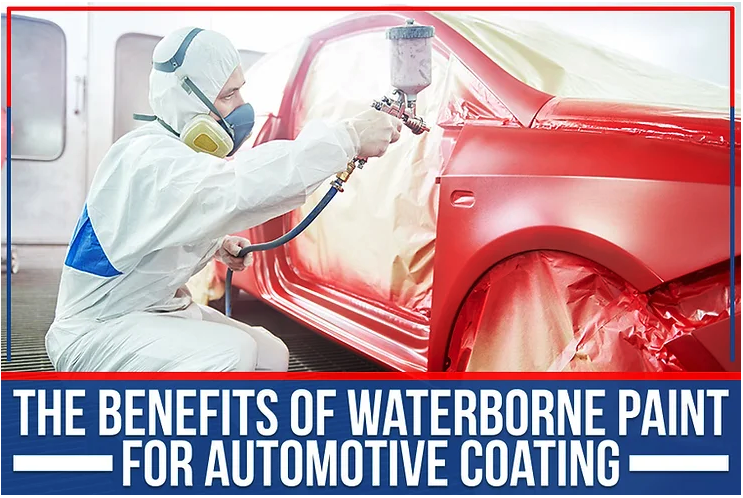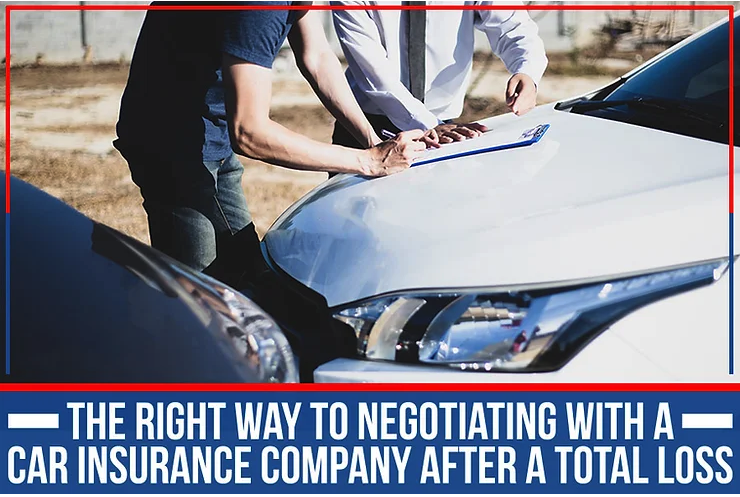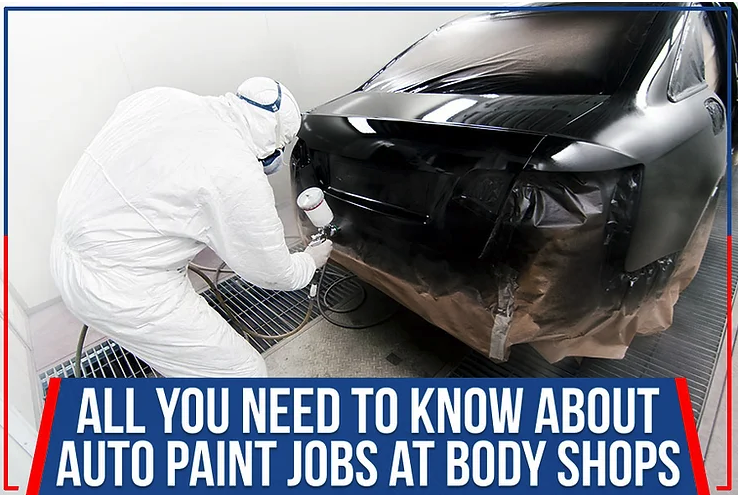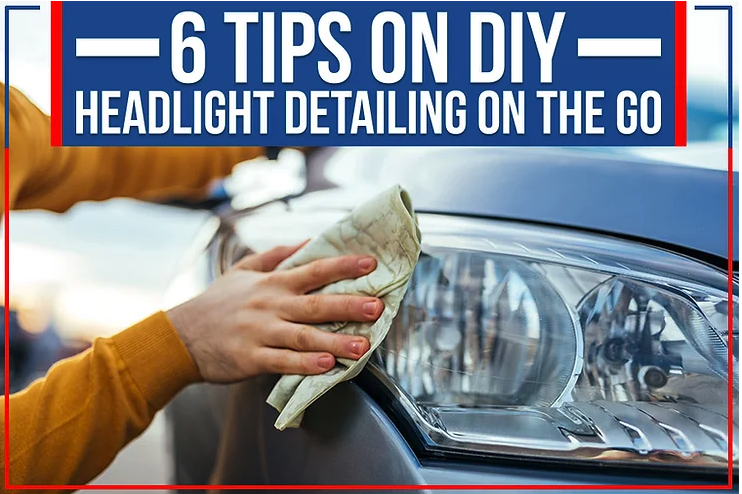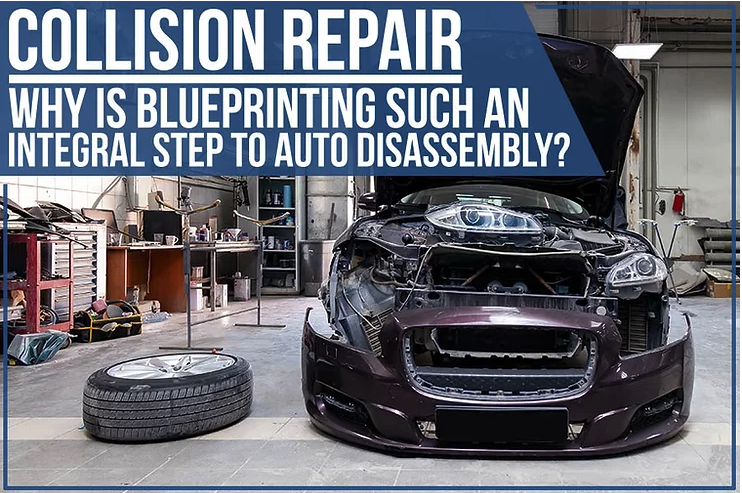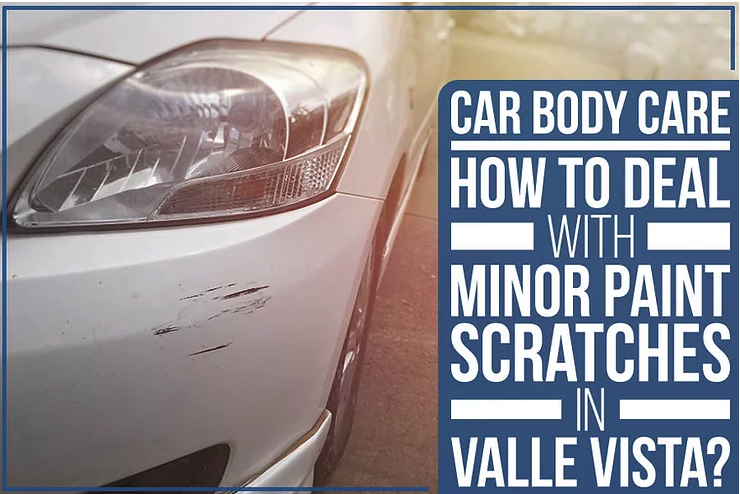Key Takeaways:
1. Accidents affect us psychologically and physically, so, understandably, you would be hesitant to start driving.
2. After an accident, staying calm should be your first priority.
3. It's important to obtain the other driver's insurance information so that you can file a claim later on.
4. If you're having trouble getting over the trauma of the accident, consider talking to a counselor.
Suppose you've been in a car accident or collision, even a minor one. In that case, you know the feeling of panic, disorientation, and uncertainty that comes with getting back behind the wheel. Suddenly everything seems different – from how you drive to how you park. The aftermath can be just as challenging, especially if you're unsure what to do next.
But don't worry. Gosch Collision is here to help ease your worries with tips on getting back on the road. We know that Accidents affect us psychologically as well as physically, so, understandably, you would be hesitant to start driving. Well, take a breath and read on for some helpful advice.
Getting Back on The Road After an Accident
Alright, you've been in a car accident. It wasn't your fault, but now your car has a big dent, and you're feeling a little shaky. The first step is to relax & take a deep breath. Then follow these tips:
1. Get Your Car Repaired Right Away
If your motorcar has been damaged in an accident, it's important to repair it as soon as possible. Driving around with damage can worsen the problem and put you at risk for another accident. Not to mention, it's just not safe. So, schedule an appointment with your trusted car repair technician right away.
2. Review Your Insurance Policy
After an accident, review your insurance policy to see what coverage you have. This will help you determine what needs to be done next. Your insurance company will presumably cover the repairs if you have comprehensive coverage. However, if you only got the liability coverage, you may have to pay for the repairs out of pocket.
3. Get A Rental Car
If your ride is in the shop for repairs, you'll need a way to get around. Many insurance companies will offer you a rental car while your car is being repaired. This can be a huge help, as it can be difficult to get around without a car. Just make sure to return the rental car when your car is fixed.
4. Drive Cautiously
Once you've repaired your car and are back on the road, driving cautiously is important. This means obeying the speed limit, avoiding distracted driving, and not driving under the influence of drugs or alcohol. By driving cautiously, you can help prevent future accidents.
5. Stay Calm
Finally, it's important to stay calm after a car accident. Haggling with the aftermath of an accident can be stressful, but it's important to stay calm and take care of everything on time.
If you're feeling overwhelmed, try to take a deep breath and focus on taking care of each task one at a time.
By following these simple & helpful tips, you can help make getting back on the road after an accident a little easier.
But hold up, these tips will help your car, but what about you? Your mental & emotional state after an accident is just as important. NHTSA gauges that 9,560 people died in motor vehicle traffic crashes in the first quarter of 2022. So, if you're feeling overwhelmed or stressed, make sure to follow these tips.
Tips That'll Help You Mentally
1. Inspect For Injuries & Seek Medical Attention If Necessary:
You should first check for injuries after an accident. If you or anyone involved in that accident is injured, call 911 right away. Even if the injuries seem minor, it's always better to avoid caution and get checked out by a professional.
2. Move Your Car to A Safe Location:
Once you've ensured everyone involved in the accident is okay, the next step is to move your car to a safe location. If your ride is blocking traffic or is in danger of being hit by oncoming traffic, moving it as soon as possible is important.
3. Exchange Information with The Other Driver:
After you've moved your car to a safe location and exchanged insurance and contact information with the other driver, it's important to obtain the other driver's insurance information so that you can file a claim later on.
4. Take Pictures of The Accident:
Take pictures of the car accident scene with a camera or a smartphone. Be sure to get pictures of both cars and any visible damage. These images will be helpful when filing an insurance claim for car repair.
5. Do Not Hold It In:
Many folks try to "tough it out" after an accident, but this is a mistake. If you've been involved in an accident, you must see a doctor as soon as possible. Even if you don't think you're injured, there may be internal injuries that are not immediately apparent.
6. Drive With Another Person for Some Time:
Many people are afraid to drive after an accident. If this is the case, try to find someone who can drive you around for a while. This will help you overcome your fear and return to the road in no time.
7. Defensive Driving Course Can Help:
If you're still nervous about driving after an accident, consider taking a defensive driving course. This will help you learn how to drive defensively and avoid accidents in the future. This course can also help you get a discount on your car insurance.
8. Talk To a Counselor:
If you're having trouble getting over the trauma of the accident, consider talking to a counselor. This can be incredibly helpful in getting your life back on track.
9. Take Your Time:
Taking your time and healing physically and emotionally after an accident is important. Don't force yourself to get back on the road before you're ready.
Following these tips will be back behind the wheel in no time. Also, if you're involved in a car accident in which you're at fault - here's what to do next!
Crashed Your Car in Winchester, CA? We Can Help!
Gosch Collision is a leading auto body shop serving Winchester, CA. We're here to help you through the entire process of getting your car repaired after a car accident. We offer repairs for any and every type of damage, from minor dents and scratches to major frame damage. We also offer a wide range of services, including paintless dent repair, auto glass repair, and more.
Call us today or book an appointment now!

